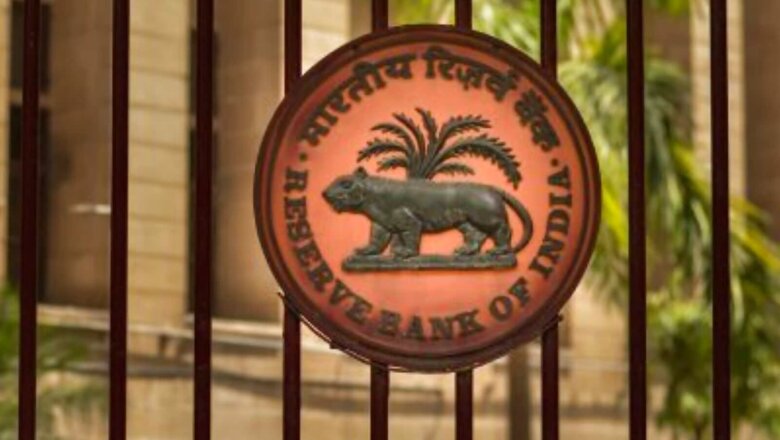
views
The household inflation expectations for both three months and one year have crossed the 10 per cent mark, according to a survey by the RBI, whereas the central bank in its latest monetary policy review projected the inflation at 5.7 per cent for the current financial year 2022-23.
“Households’ median inflation perceptions for the current period remained unchanged at 9.7 per cent in the latest survey round, while the expectations for both three months and one year ahead rose by 10 basis points each to 10.7 per cent and 10.8 per cent, respectively, as compared to January 2022 round,” said the Households’ Inflation Expectations Survey of the RBI.
The survey, which was conducted during March 2-11 in 19 major cities among 6,033 urban households, said three-month ahead expectations for overall prices and inflation were generally aligned to those for food and non-food products, while one-year ahead expectations were more aligned to those for non-food products and services.
In its first bi-monthly monetary policy statement for FY23 on Friday, the RBI raised its retail inflation forecast to 5.7 per cent for 2022-23, against the 4.5 per cent projected earlier.
Presenting the Monetary Policy Committee’s policy review outcome, RBI Governor Shaktikanta Das said the central bank has upped its CPI inflation projections as “heightened geopolitical tensions since end-February have upended the earlier narrative and considerably clouded the inflation outlook for the year”.
Feed cost pressures may continue due to global supply shortages, which could also have a spillover impact on poultry, milk, and dairy product prices, Das said.
On food prices, he said a likely record rabi harvest will help keep domestic prices of cereals and pulses in check. “Global factors such as the loss of wheat supply from the Black Sea region and the unprecedented high international prices of wheat could, however, put a floor under domestic wheat prices.”
On non-food items, the RBI governor said the increase in crude oil prices since February-end poses a substantial upside risk to inflation. “Sharp increase in domestic pump prices could trigger broad-based second-round price pressures.”
High international commodity prices and elevated logistic disruptions may together aggravate input costs across the sectors, Das said. “Their pass-through to retail prices, therefore, warrants continuous monitoring and pro-active supply management.”
He added, “Taking into account these factors and on the assumption of a normal monsoon in 2022 and average crude oil price (Indian basket) of USD 100 per barrel, inflation is now projected at 5.7 per cent in 2022-23, with Q1 at 6.3 per cent; Q2 at 5.8 per cent; Q3 at 5.4 per cent; and Q4 at 5.1 per cent.”
The prices of vegetables, metals and milk are already at elevated levels in the country due to costlier international crude oil prices amid the ongoing geopolitical tensions. The Reserve Bank of India on Friday said domestic inflation may rise even further if the crude price rises 10 per cent above the baseline of USD 100 per barrel.
Read all the Latest Business News and Breaking News here




















Comments
0 comment